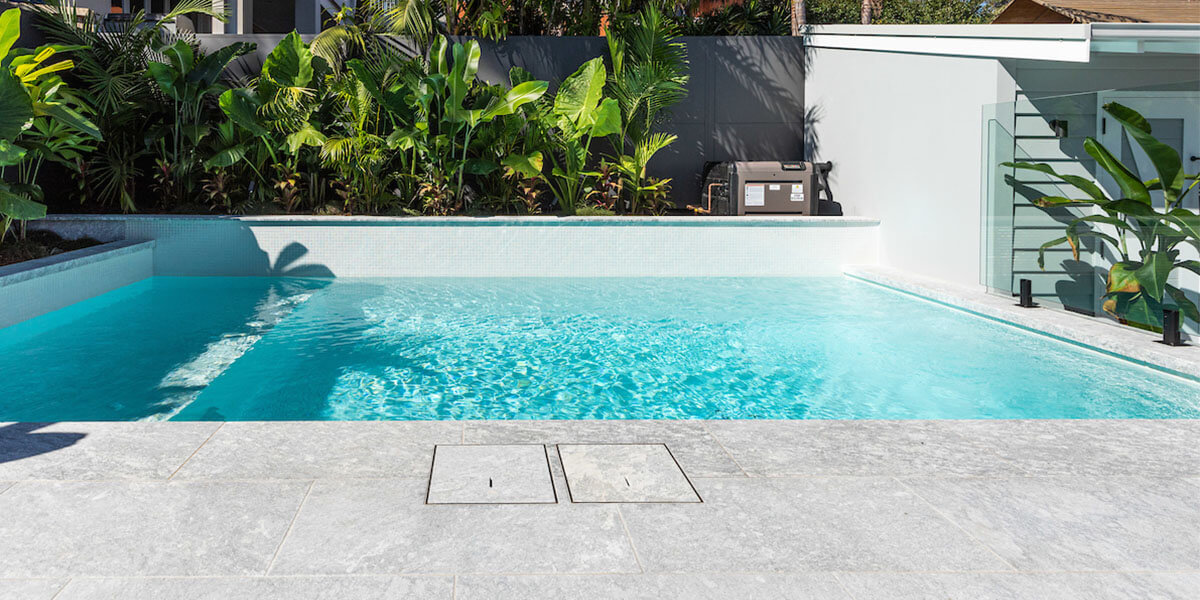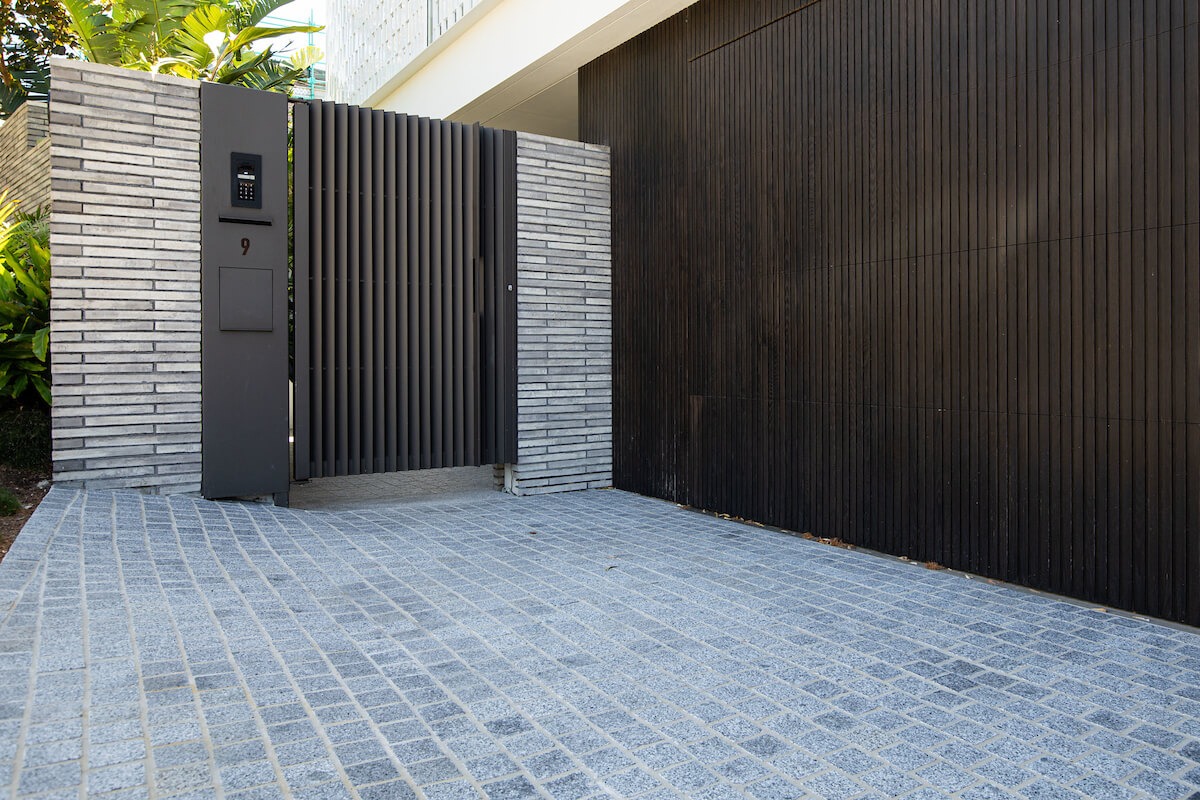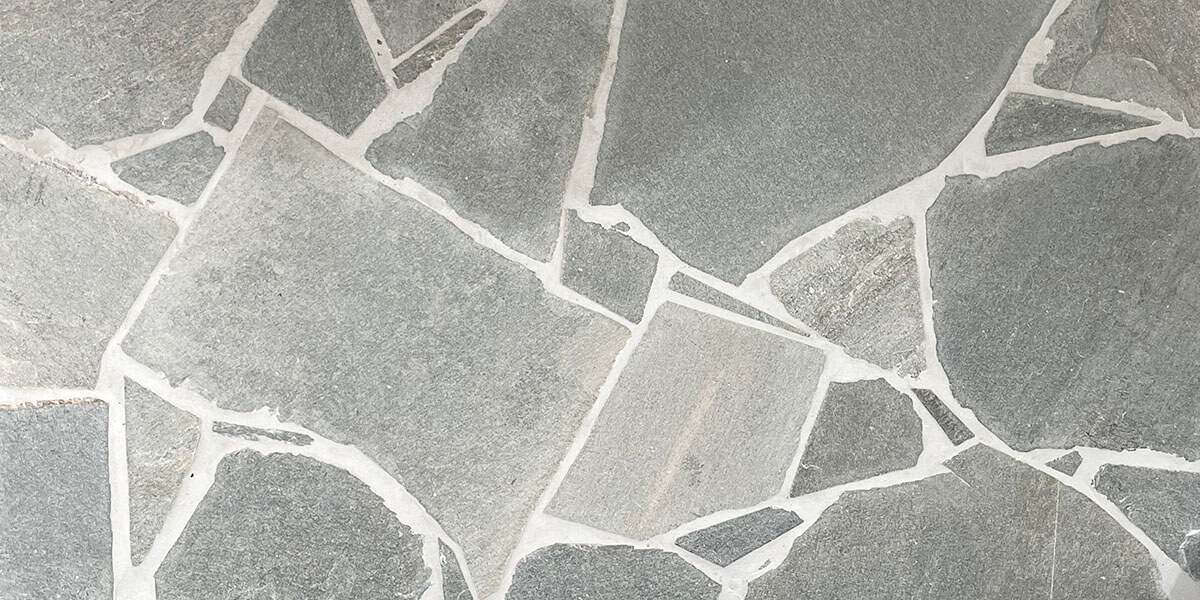Swimming Safety Checklist for Your Kid-Friendly Pool
The heat is rising and summer is around the corner.
Which means pool season is almost open and if you’d ask kids what activity they love most in summer, swimming will likely be one of their top answers.
After all, who doesn’t love to swim and cool off on a hot day?
Though many will agree that swimming is a delight, the fact remains that it can be dangerous, especially for those who don’t know how to swim. For example, one of the leading causes of unintentional death in Australian children is drowning.
While this is alarming, you can definitely take precautions so that your entire family can enjoy the summer by the water. For example, instead of starting to teach your children how to swim at the beach or public pools, you can give yourself some peace of mind by building a kid-friendly pool at home.
In today’s article we review various universal precautions you can apply to promote swimming safety in your backyard pool.
What to Consider When Building a Kid-Friendly Pool?
While you can customise your pool to suit your requirements in lifestyle and style, if you are a parent or guardian or you like to entertain friends who have kids, your first priority is to build a pool area that promotes safety.
To do this, you need to consider five important factors when designing and building your kid-friendly pool.
Let’s dive in!

1. Pool Depth
First and foremost, consider the purpose of your pool. For example, if you intend to use it for recreation and family fun, we recommend building a single depth pool. Why? Well, deep ends take up space and increase the risk of drowning for kids or non-swimmers. On the flipside, installing a pool that has both shallow and deep ends is a helpful alternative. If you choose to combine a deep and shallow end, make sure that the shallow end has a considerable amount of space so that enough kids can play and swim together. Additionally, if your kids have taken swimming lessons for a considerable time and passed various levels, you can relax a little knowing that your children can swim in both sections of the pool. However, this doesn’t mean that you need to leave them unsupervised as accidents can still happen, especially if there is a group of children playing together.
2. Pool Steps
Adding steps to your backyard pool has many advantages. Firstly, some children are scared of water and steps allow you to slowly and gently walk them in. Secondly, it’s an additional shallow end where kids can sit or use them to assist climbing out of the pool. Parents and guardians can also use the steps as a foothold to assist teaching the kids how to float. Finally, pool steps give kids the chance to gradually get used to the water instead of being instantly dropped into the pool.
3. Paving
You might be asking, “What does the pool paving have to do with building a kid-friendly pool?” In one word: everything! You see, choosing the right type of paving will affect the whole family’s pool experience and safety. For example, some natural stone pavers can be very slippery when wet and must be avoided. Meanwhile, darker pavers can get hot underfoot and burn the feet, which can also lead to injuries and accidents. This is why it’s important to choose stone pavers that have a high slip rating, soft/safe pool coping profile edge and remain cool underfoot.
4. Safety Fence and Gate
One of the easiest ways you can protect children from accidentally drowning in your backyard swimming pool is by installing a fence. As well as preventing kids from getting into the pool unsupervised or accidentally falling into the pool while playing catch, it is a legal requirement in some parts of Australia. If you plan to adhere to best practice, the ideal height for the fence is over 1.2 metres with slats that are approximately 10 cm apart. If you want to go all out, you can consider installing a gate alarm for maximum security measures. This will warn anyone who’s inside if someone tries to get into the pool.
5. Slides, Diving Boards, and Other Add-Ons
Finally, add some fun things like slides, diving boards and other bits and pieces! These extra pool features will definitely spark excitement in the kids. In saying that, be sure to install these correctly and only add them if your pool meets advised requirements. For example, a diving board (depending on its height) can only be installed if the deep end of the pool is the right depth. Also, before adding a slide, you should consider factors like the material it’s made from, its weight requirements, and the safety standards of your pool. Fountains, waterfalls, or deck jets backlit with coloured LED lights, are some other pool features you might want to consider for your kid-friendly pool.
Water Safety Checklist
Once you’ve considered the five factors for building your kid-friendly pool and have your pool installed and ready to go, it can be exciting to dive right in!
But before you do, it’s imperative to consider this water safety checklist to ensure that everyone’s safety is accounted for.
1. Swimming Pool Fence
- Check that all the fence panels are securely attached and in the right place.
- Make sure that there are no rusted, loose, or missing screws.
- Ensure that any gaps and holes and the distance between the bottom rail and ground are less than four inches (10 cm).
2. Swimming Pool Gate
- Secure the gate in such a way that a child will not be able to open it easily.
- Ensure that once opened, the pool gate swings (and snaps) closed right away.
- Check that the gap between the gate and the fence is less than four inches (10 cm).
3. Pumps, Grates, and Suction
- Check that the pool’s suction fittings, and plumbing grates, are both secured in place and in good condition.
- Ensure that all adults know where and how to switch the electrical pump system on and off.
- Check that the pool drain has a large surface area with small openings.
- For guaranteed safety, inform swimmers to tie their hair and not wear any jewellery when swimming.
4. Around the Yard
- Remove any objects from the pool area that will entice kids to jump, climb, or try any dangerous horseplay.
- Keep pool toys in a secured area.
- Trim trees and shrubs low to discourage climbing.
5. Emergency Preparedness
- Prepare and stock a first aid kit, as well as flotation devices like rope, near the pool at all times.
- Ensure that any supervising adults know how to swim and perform cardiopulmonary resuscitation (CPR) procedures. Post a CPR flyer near the pool.
- Keep a phone nearby with emergency numbers easy to access. Add these phone numbers to the CPR flyer.
6. Pool
- Put up a flyer with pool safety rules around the pool and remind everyone why it’s important to follow them.
- Check the pool regularly for any sharp objects or broken tiles or timber splinters and tend to them urgently.
- Follow the directions and instructions carefully and correctly when installing pool slides, ladders, diving boards, and all other features. Check that they are in good and fully functioning condition.
- When not in use, empty the swimming pool and store the add-ons in a secure space.
Ready to Build a Kid-Friendly Pool at Home?
And there you have it!
Five important factors to consider when building your kid-friendly pool in your backyard and the water safety checklist that will ensure you have a wonderfully warm and wet summer.
A home pool is a blessing and can provide the family and friends with hours of entertainment and fun. So if you’re considering building (or upgrading) your backyard pool, and have questions about the best depth and materials to use, reach out to us at Armstone. We would love to guide you to make the right decisions with everything from choosing the right pavers, coping and tiles to make your pool kid-friendly and safe. Find us online, call 1300 560 560 or visit our Sydney showroom in Glebe.


